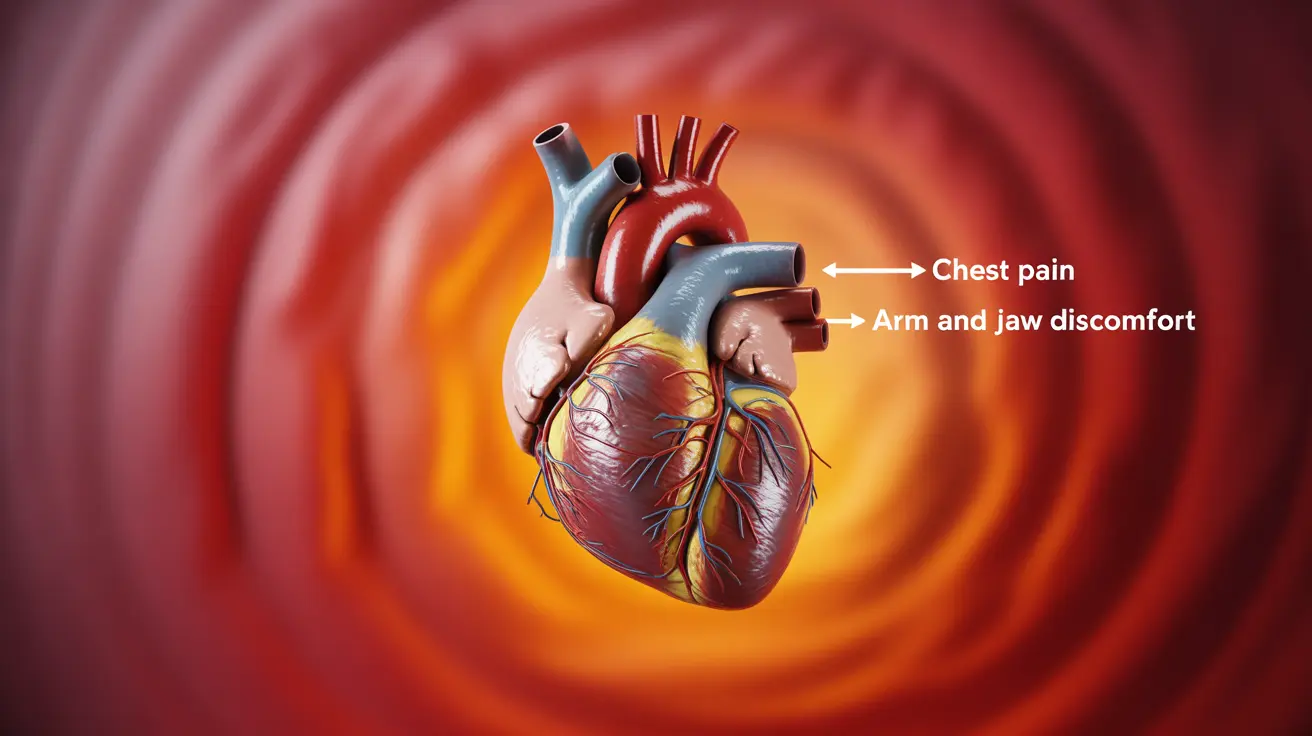When it comes to diagnosing and monitoring arthritis, magnetic resonance imaging (MRI) has become an invaluable tool in modern medicine. This advanced imaging technique provides detailed views of joint structures that other imaging methods might miss, helping healthcare providers make more accurate diagnoses and treatment decisions.
Understanding what an MRI can reveal about arthritis is crucial for both medical professionals and patients dealing with joint problems. This comprehensive guide explores the capabilities of MRI in detecting and evaluating various forms of arthritis.
How MRI Technology Visualizes Joint Problems
MRI uses powerful magnets and radio waves to create detailed cross-sectional images of joints and surrounding tissues. This technology can capture high-resolution pictures of:
- Cartilage thickness and damage
- Bone marrow changes
- Soft tissue inflammation
- Synovial membrane conditions
- Joint fluid accumulation
Unlike traditional X-rays, MRI can visualize both hard and soft tissues, providing a complete picture of joint health and potential arthritic changes.
Advantages of MRI for Arthritis Detection
MRI offers several distinct advantages when examining arthritic conditions:
- Early detection of cartilage deterioration
- Visualization of inflammation before structural changes occur
- Detailed assessment of surrounding soft tissues
- Ability to monitor disease progression over time
- No radiation exposure
Early Detection Capabilities
One of MRI's most valuable features is its ability to detect arthritis-related changes before they become visible on X-rays. This early detection can lead to more timely interventions and potentially better outcomes for patients.
Different Types of Arthritis on MRI
MRI can help distinguish between various forms of arthritis, each with its characteristic appearance:
Osteoarthritis Features
In osteoarthritis, MRI typically shows:
- Cartilage thinning or loss
- Bone spurs (osteophytes)
- Subchondral bone changes
- Joint space narrowing
Rheumatoid Arthritis Markers
For rheumatoid arthritis, MRI can reveal:
- Synovitis (joint lining inflammation)
- Bone erosions
- Joint effusion
- Pannus formation
When Doctors Recommend MRI Scans
Healthcare providers typically order MRI scans for arthritis in specific situations:
- When X-ray results are inconclusive
- To assess early-stage joint problems
- For monitoring disease progression
- When planning surgical interventions
- To evaluate treatment effectiveness
Frequently Asked Questions
Does an MRI show arthritis better than an X-ray?
Yes, MRI generally provides more detailed information about arthritis than X-rays. While X-rays are excellent for showing bone changes, MRI can visualize soft tissues, inflammation, and early arthritic changes that X-rays might miss.
What specific signs of arthritis can an MRI detect in the joints?
An MRI can detect multiple signs of arthritis, including cartilage damage, bone marrow lesions, synovial inflammation, joint effusion, bone erosions, and soft tissue changes around the joint.
Can an MRI identify early-stage osteoarthritis before symptoms appear?
Yes, MRI can detect early signs of osteoarthritis before symptoms become noticeable. It can show subtle changes in cartilage composition and early inflammation, allowing for earlier intervention.
How does an MRI help differentiate between osteoarthritis and rheumatoid arthritis?
MRI can distinguish between these conditions by showing characteristic patterns. Osteoarthritis typically shows cartilage wear and bone spurs, while rheumatoid arthritis displays more pronounced inflammation, synovitis, and specific patterns of bone erosion.
Why might a doctor order an MRI to diagnose or monitor arthritis progression?
Doctors order MRI scans to get detailed images of joint structures, confirm a diagnosis, assess disease severity, monitor treatment effectiveness, and plan appropriate interventions. MRI is particularly useful when more detailed information is needed beyond what X-rays can provide.




